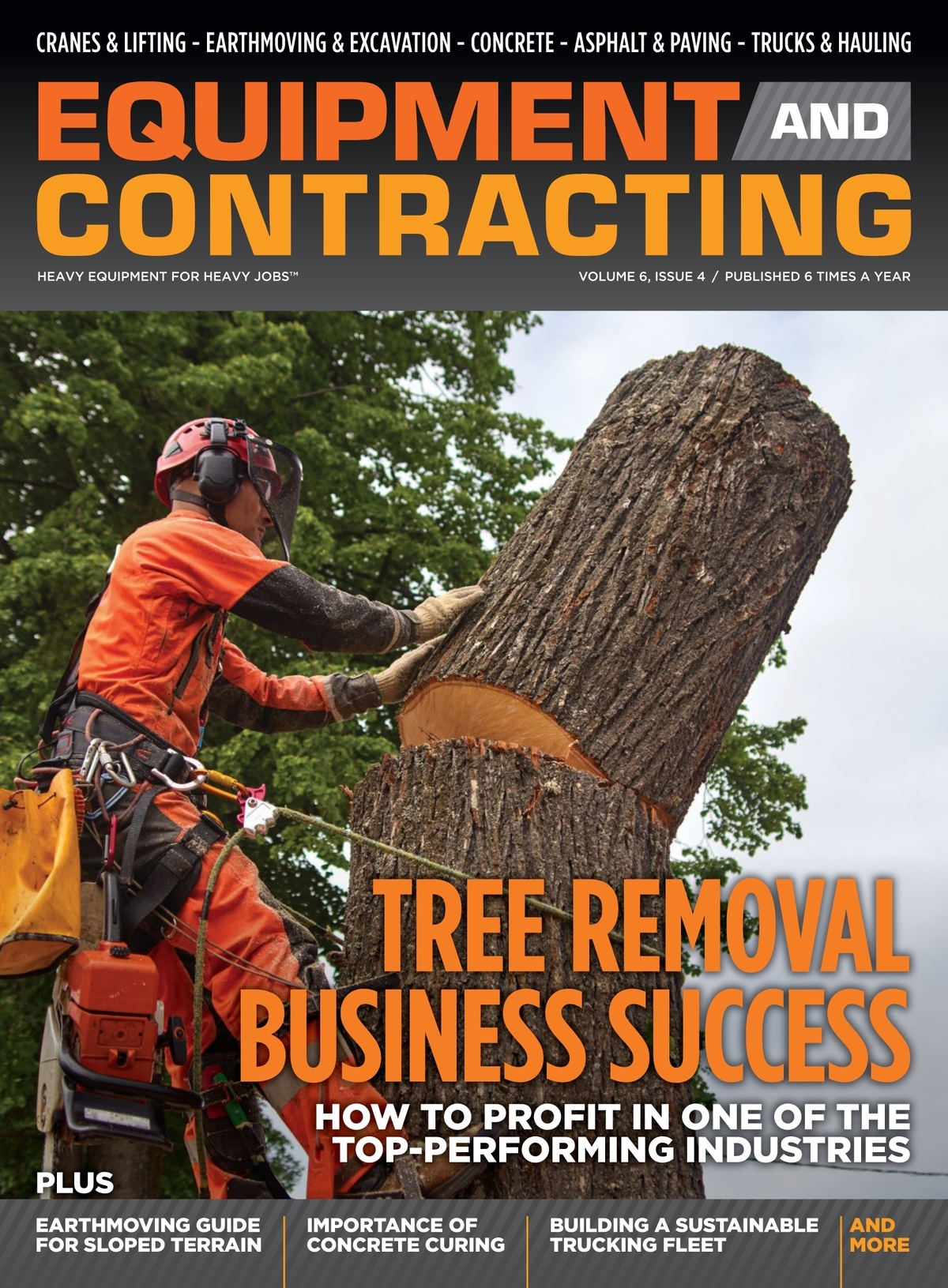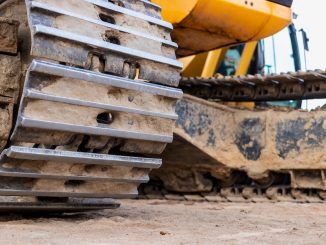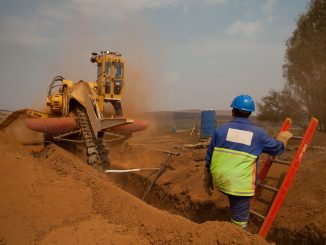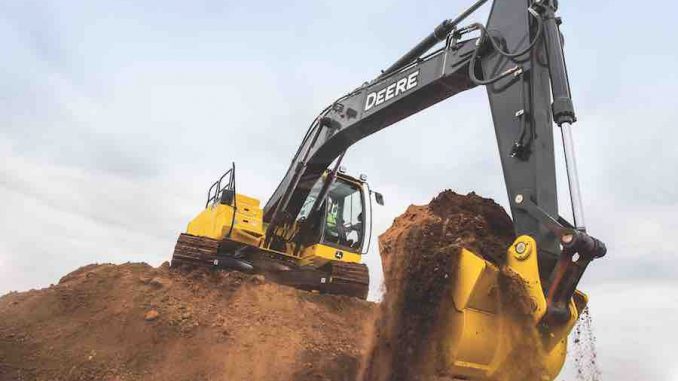
View the complete article here.
Working on slopes is challenging for even the most experienced excavator operators. Although your boss loves and appreciates you, they are also concerned for the safety of the equipment. Even used excavators are expensive. Follow these tips to safely operate an excavator on even the steepest slopes.
Experience Counts
Working on a slope is not for the faint-hearted – or an inexperienced trainee. Only highly experienced operators should use an excavator on a slope. Working in this environment requires specialized knowledge of terrain, navigating tight spaces, and determining what equipment is needed to ensure traction and stability.
Inspect Your Equipment
Doing something as simple as making sure the windows are clean before you start your engines can save life and limb. You always need to see what you are doing, but especially when working on a slope. Make sure seat belts and harnesses are in good working order. Remember that oil will not circulate as readily to the top of the engine while operating on a slope. Ensure that the oil is topped off.
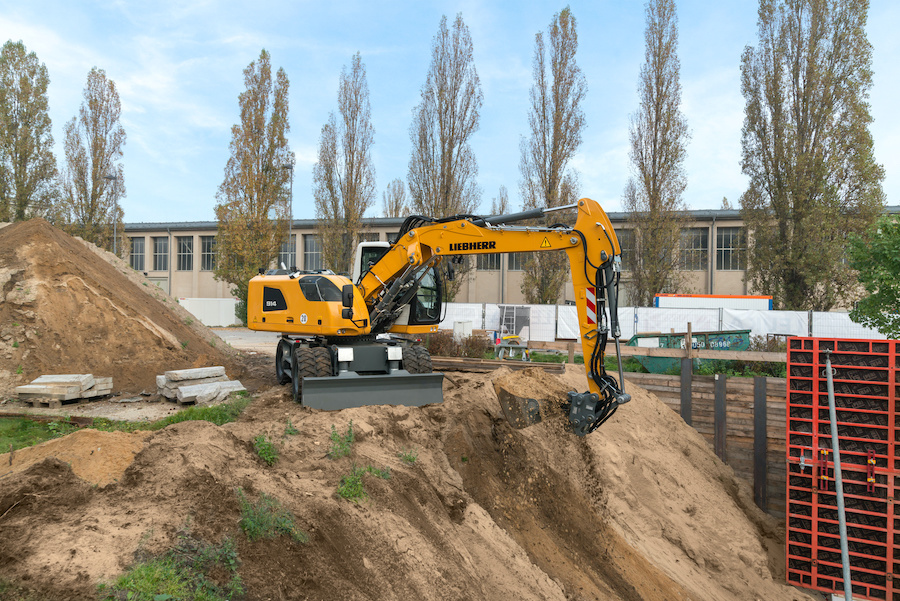
Hold on Tight
Use single-bar grousers for adequate traction. Like dozer tracks, a single-bar grouser will dig deep into the ground and keep the excavator close to the slope. This is not a job for triple-bar grousers which are designed for flat or gentle slopes.
Get on the Right Track Direction
You want more weight behind you to counter-balance the heavy motor drive. Point your tracks up and down; not sideways. Idlers should be forward heading uphill. The opposite applies heading downhill – point the idler down the slope. Idlers bear the brunt of the energy generated while digging. Through-axles on one side of the frame distribute that energy across the frame.
Boom, Boom
Use the boom in your favor. By stretching out the arm and keeping the boom low to the slope, you’ll keep the weight of the bucket and the boom ahead of the machine. This allows you to walk your way up the slope. You can use the arm to assist you in pulling up if you place the bucket teeth in the ground. Always stop the machine before repositioning the boom and arm.
Heads Up
You must remain focused while operating on a slope. You’re using your feet to run the travel motors while simultaneously using your hands for the controls. Further, you need to make adjustments to the effort you are putting into the controls while digging. That’s one of the reasons why only experienced excavator operators should work on slopes. There is a lot of hand-eye coordination involved. You must be heads up at all times.
Don’t Fill It Up
Working along a mountain road is particularly treacherous. For example, when installing a pipe downhill of a mountain road, do not bring in fill to extend the road out. Allowing one track to rest on the fill while the excavator digs is dangerous. As the tracks rock, they are compressing and loosening the fill zone. The risk is that the fill will collapse, and the excavator will tumble over the slope.
Go Small
A smaller machine, such as a compact excavator with a dozer blade, provides more stability on a slope. In fact, a dozer blade can be lowered below you on the slope. This helps stabilize the footing making it less likely that the machine will tip or slide. Some smaller machines have frames that allow you to adjust the track angle up to 15 degrees. The advantage is that you can sit on a mild slope with the top of the machine level.
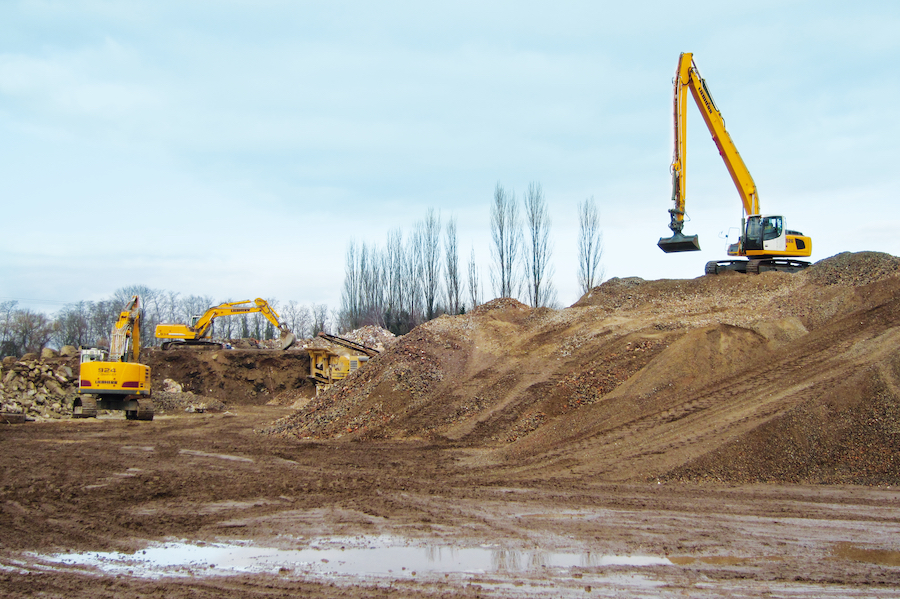
Do the Math
Actually, the manufacturer has done the math for you. Consult the operator’s manual to determine safe operating ratios for working directly on a slope with your particular excavator. Do not exceed these ratios! You may get away with pushing the limit until something gets in your way – like a stump or a big rock. Lose your footing and you will likely slide and maybe even roll right over the hill. (Remember the scenario where you’re working on the side of a mountain? Not a good time to risk rolling.)
Environmental Hazards
When you drive a car in snow or rain, you want to slow down. Same applies to excavating on a slope. Wet conditions mean you cannot safely work on very deep slopes. Even if the operating manual says you can. You must also consider the type of soil the machine will have to move upon. According to the Occupational Safety and Health Administration (OSHA), type C soil is the least stable. This soil classification includes gravel and sand. It also includes any soil with water seepage. OSHA recommends testing the soil before and even during excavation, as you may encounter multiple types of soil as you dig.
Keep Close While Slewing
Keep the bucket as close to the ground and to the machine as possible when slewing material. Carefully control your speed as you bring the bucket around. Moving material from the top of the slope to the bottom at too high a speed will gather unwanted momentum. Slewing over the side engages the swing motor; not the boom. You are then stressing the swing motor, which is actually weakest part of the machine. Go slow and steady, with less material in the bucket than you would pick up on level ground.
Easy Does It
When operating an excavator on a slope, you want to ease up on everything. Your speed, your swing, and the amount of material you pick up. Make sure your machine is ready to not roll by checking all safety features like seatbelts and harnesses before you begin. Keep the windows and the cab clean and the operating manual close at hand. Be aware of your environment. Take weather and soil into consideration when determining how big of a slope the machine can handle. Your mission is to keep you and your machine upright.
View the complete article here.
Why should only highly experienced operators handle excavators on slopes?
Operating on slopes demands specialized knowledge of terrain, tight spaces, and equipment requirements for traction and stability, making it suitable only for highly experienced excavator operators.
What are some key tips for safe excavator operation on slopes?
Ensure thorough equipment inspection, use single-bar grousers for traction, position tracks up and down the slope, strategically utilize the boom, maintain focus, and consider environmental factors such as soil stability and wet conditions

